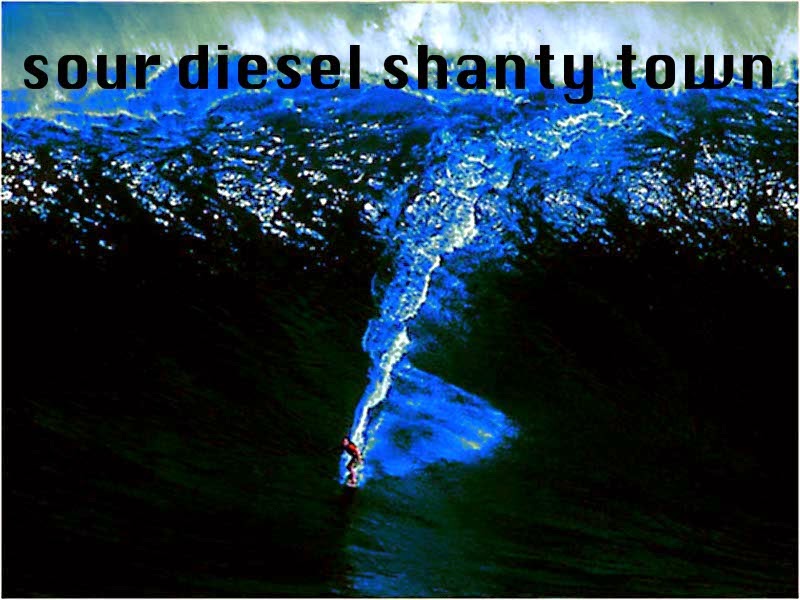Wednesday, February 13
Tuesday, February 12
Saturday, February 9
What is Matter? never mind. What is Mind? no matter
Emotions are an extremely important part of our lives, and they profoundly affect our actions, even though we’re not always aware of them. Skillful understanding and balancing of emotions is called Emotion Regulation. Emotion regulation is a general term that encompasses several component parts, which include being aware of and paying direct attention to emotions, understanding and labeling emotions, and managing or modifying emotional reactions so as to meet important goals.
http://learning2breathe.org/about/purpose
On its own, the phrase “emotion regulation” is crucially ambiguous, as it might refer equally well to how emotions regulate something else, such as thoughts, physiology, or behavior (regulation by emotions) or to how emotions are themselves regulated (regulation of emotions).
http://med.stanford.edu/nbc/articles/4%20-%20Emotion%20Regulation%20-%20Conceptual%20Foundations.pdf
http://brainimaging.waisman.wisc.edu/~perlman/0903-EmoPaper/EmoRegChapterGross_08.pdf
Generally speaking, the frame of reference that determines what counts as an emotional event consists of that which is deemed possible.
From (Frijda 1988)
1. law of concern: Emotions arise in response to events that are important to the individual's goals, motives, or concerns.
2. law of apparent reality: Emotions are elicited by events appraised as real, and their intensity corresponds to the degree to which this is the case.
3. law of change: Emotions are elicited not so much by the presence of favorable or unfavorable conditions, but by the actual or expected changes in favorable or unfavorable conditions.
4. law of habituaton: Continued pleasures wear off; continued hardships lose their poignancy.
5. law of comparative feeling: The intensiy of emotion depends on the relationship between an event and some frame of reference against which the event is evaluated.
6. The law of hedonic asymmetry, the law of asymmetrical adaptation to pleasure or pain: Pleasure is always contingent upon change and disappears with continuous satisfaction. Pain may persist under persisting adverse conditions.
7. The law of conservation of emotional momentum : Emotional events retain their power to elicit emotions indefinitely, unless counteracted by repetitive exposures that permit extinction or habituation, to the extent that these are possible.
8. law of closure: Emotions tend to be closed to judgments of relativity of impact and to the requirements of goals other than their own.
9. law of care for consequence: Every emotional impulse elicits a secondary impulse that tends to modify it in view of its possible consequences.
10.
the law of the lightest load: Whenever a situation can be viewed in alternative ways, a tendency exists to view it in a way that minimizes negative emotional load.
and
the law of the greatest gain: Whenerer a situation can be viewed in alternative ways, a tendency exists to view it in a way that maximizes emotional gain.
"The fact that involuntary emotion control itself is an emotional response implies that the other laws of emotions apply to it, notably the law of apparent reality. “
Thinking about what you’re thinking, while you’re thinking
Other mechanisms of load lightening operate at a much more elementary level. This applies particularly to the mechanisms that transform one's sense of reality and block the occurrence of hedonic appreciations...The mechanisms [are characterized by] depersonalization, the occurrence of the sense of unreality, the veil over emotional feeling.
the sense of unreality
Reference:
Frijda, N.H. Frijda, "The Laws of Emotion."
In: Jennifer M. Jenkins, Keith Oatley, & Nancy Stein (Eds.), Human Emotions: A Reader. Malden, MA: Blackwell Publishers. 1998. 271-287.
First published In: American Psychologist, 43 (1988), 349-358
http://faculty.washington.edu/cbehler/teaching/coursenotes/frijda.html
f(emotion)= M(affect/situation)
where M refers to an individuals taken “Meaning”
Situation = M
Affect = Empirical Knowledge of the Exterior State (E) x Interior State of Emotional Regulation (R, otherwise known as attentiveness) x W (Metaphysical State of Fear/Anxiety)
Sign(S1)/Signifier(S2) = Words
1973
Robert Indiana, 1964
Subscribe to:
Posts (Atom)







